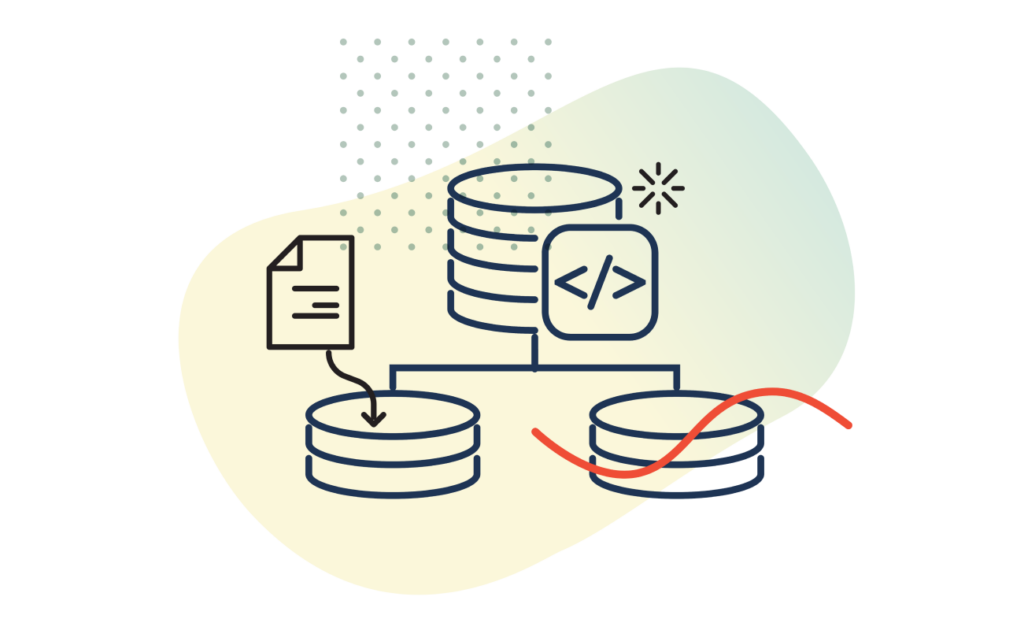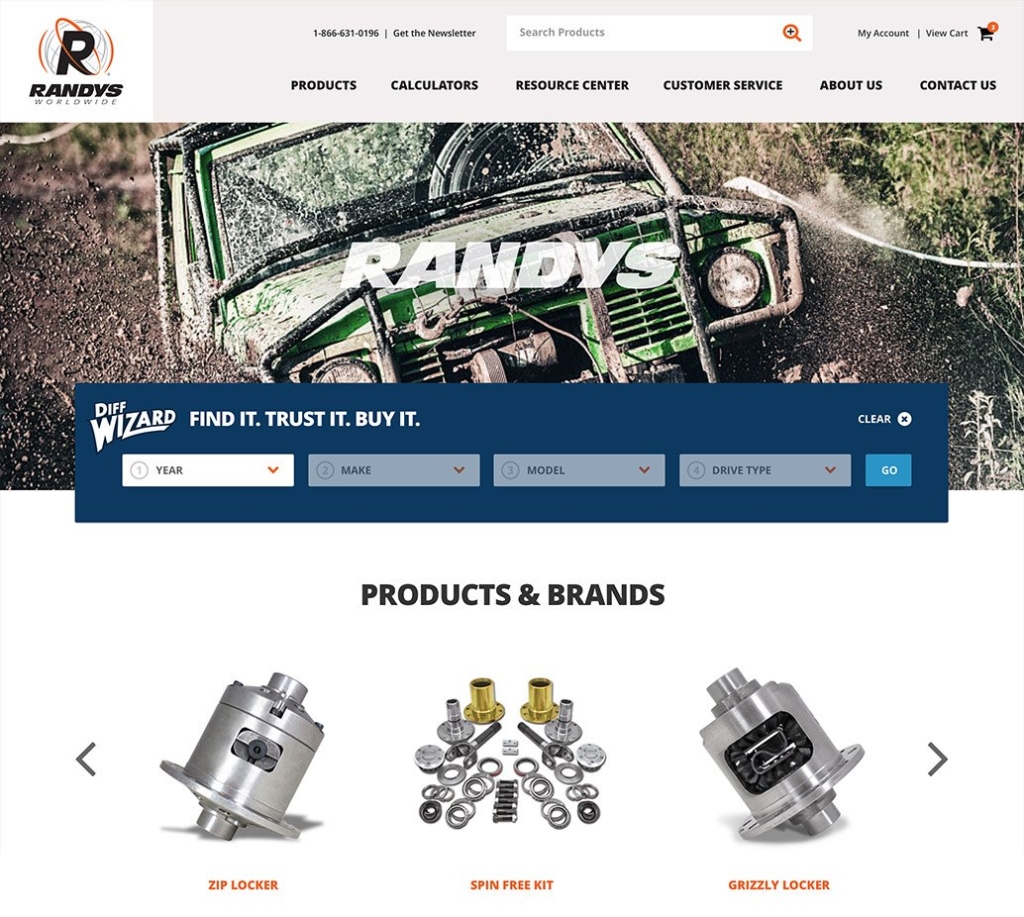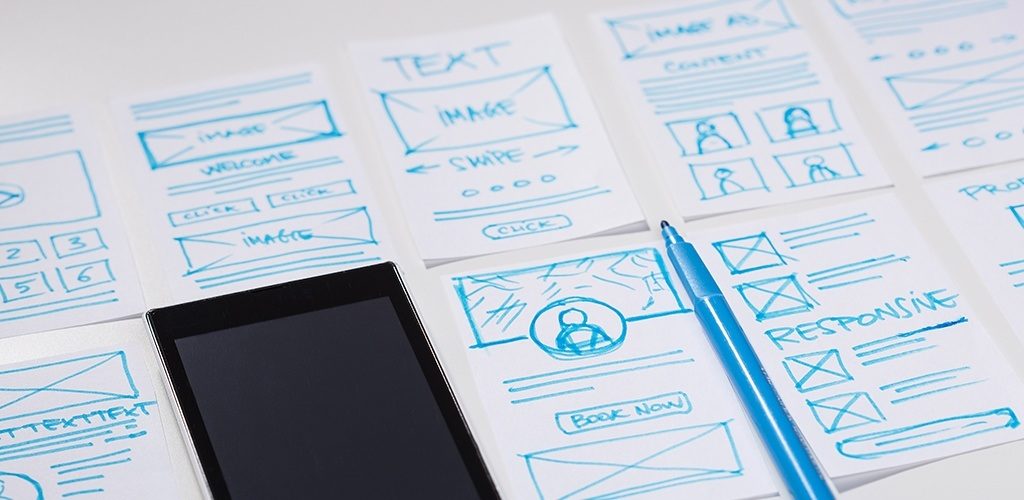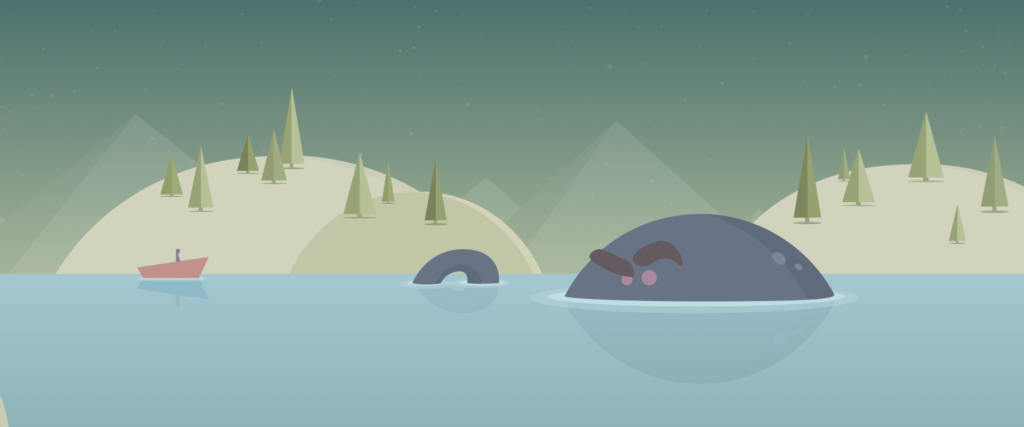Article
UI/UX Principle #39: Build Process Around Timeline, Budgets, and ROI
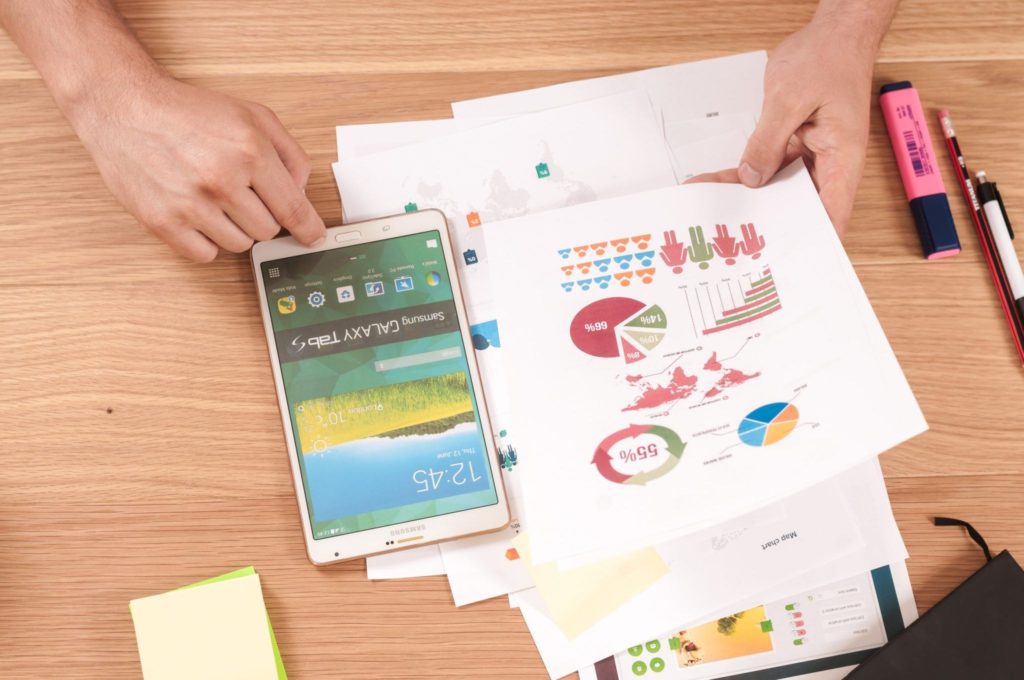
Not all clients have the same constraints. And not all projects are equal.
UX, as a holistic process, takes time and requires resources. The more of these you have to spend on iterations, testing, and research, the higher probability you have for nailing a world-class experience.
But an unlimited amount of time and resources isn’t typically available. In some cases, there might be a marginal benefit of return on more design work.
Regardless, informing and validating your designs with science can have a big impact on your business.
In our consulting experience, we’ve typically found three constraints:
- Timeline. You might have two years to create a product, or you might have a shorter time frame of a month.
- Budget. For businesses of varying shapes and sizes, the budget might look different. For a company’s next website or application, maybe they have to work with a conservative 20 thousand dollar budget. Maybe they have more flexibility with a 200 thousand dollar budget.
- ROI, or Return on Investment. Just because you have more time and money doesn’t always mean it should be spent. Additional time and money might create a favorable profitability ratio – dividing the return of your investment by its total cost yields a whopping 3000% ROI. Alternatively, more design iterations might only yield a 5% ROI, in which case the resources could be better spent elsewhere.
The point is that every client’s timeline, budget, and ROI is different. As consultants whose goal is to bring the optimal amount of value to our clients, we tailor each of our projects differently, and adjust our UX process accordingly.
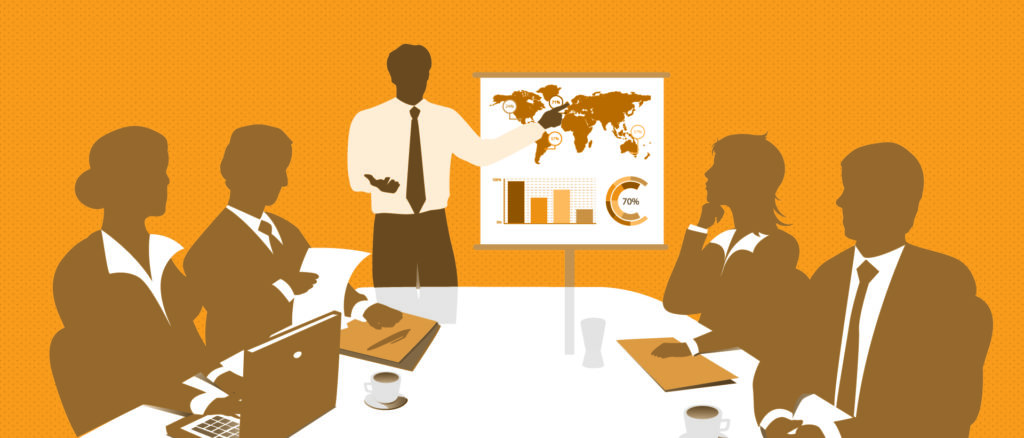
Account for Unique Opportunities and Constraints
How do we change the effort involved in UX design and development to fit the budget, the timeline, and the ROI? Quality work should never be sacrificed, but different companies have different needs.
Fresh’s UX process is defined, but it’s flexible. Understanding how to build process around constraints is an art that requires business perspective, design perspective, and strategic perspective to ensure that quality is delivered.
In Business Objectives vs. User Experience, Paul Boag writes:
“If an organization does not believe that it will generate some form of a return on an investment (financial or otherwise), then it should not have a website [ . . . ] if the website doesn’t pay its way, then we have not done our jobs properly [ . . . ] Our primary aim is to fulfill the business objectives set out by our clients. Remember that creating a great user experience is a means to this end. We do not create great user experiences just to make users happy.”
There’s a lot of truth to this argument. ROI – money in, money out over time, which should ideally surpass the overall investment – is often the bottom line for companies. Creating a great user experience is tied closely to satisfying these important business objectives. But we argue that business objectives and user experience aren’t mutually exclusive. User needs don’t need to be sacrificed to accomplish business objectives.
Our entire UX thought leadership series is centered around how to create experiences that are engaging, meaningful, valuable, and in the best cases, delightful. We argue that companies should build meaningful personas to create empathy for the end user. We posit that testing early on is essential to creating experiences that work for the people using the product. We make a case for starting with less to create a truly lovable product, something that works in favor of both the user and the client.
Bottom line, user experience matters. It’s something that we take very seriously. But the process you design can also create value for the business in question so that they can continue providing an experience their customers find to be meaningful.
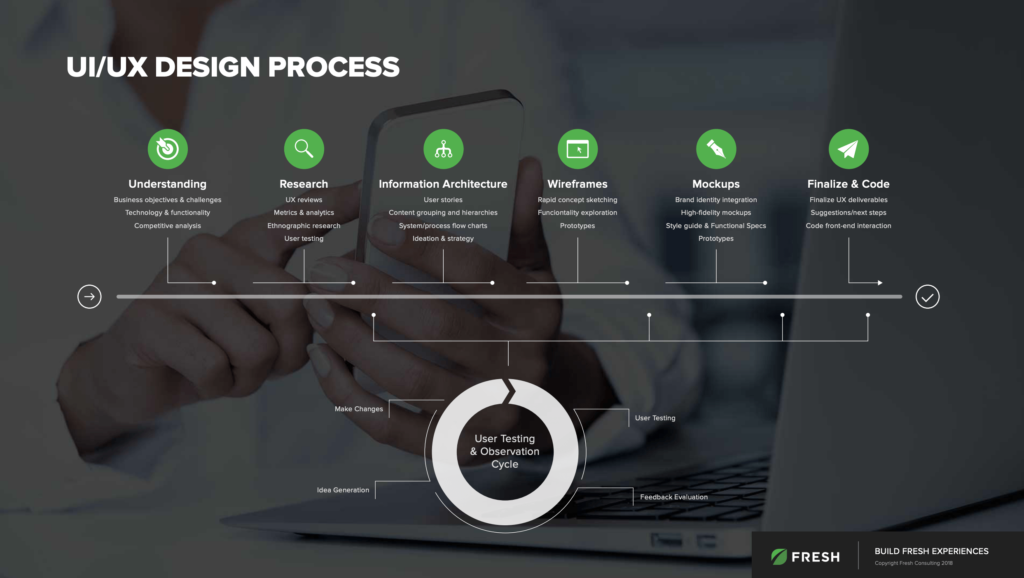
Different Projects Require a Different Process
If there’s a fixed budget, what does negotiation look like? Even if a budget doesn’t fit our comprehensive process, we have a minimum expectation to do the quality work we promise. We identify what can fit within a given budget, while still executing the key deliverables:
- Light Process: Little time spent at the research and analysis phases; lean wireframes and mockups; no prototype
- Medium Process: Economical approach to research and analysis; 1-2 rounds of wireframes, mockups, and prototypes
- Heavy Process: Robust research and analysis; 3-5 rounds of wireframes, mockups, and prototypes to identify the optimal solution, with multiple iterations throughout
Because processes change, our consultation is given on a case-by-case basis. Including certain parts of the process relates back to the issues at hand. If users are unhappy with an existing experience, we want to do more user interviews. If the design is outdated, we may want to spend more time on the design aesthetic in mockups. Doing this, while remaining cognizant of the overarching business needs, is an integral part of our process.
We don’t sell the same projects even though we have the same process. Some design projects have 50 hours in them – others have 1,500 hours. That’s because the nature of our clients’ projects varies significantly.
The stakes aren’t always equal:
- An e-commerce client might do 100M in revenue annually. Serious improvements can have million dollar implications.
- A large enterprise company with 1000+ employees could save 10 minutes a day or make a process more efficient, leading to millions of dollars of time savings, client revenue, or improved retention.
- A startup that has its next round of funding coming up in 2 months might want an extensive re-haul of their website.
- An enterprise might have a conference coming up in 3 months – naturally, they’d want to improve their user experience.
- A mid sized SaaS company could have a team of UX researchers and designers who aren’t getting as much out of re-doing the UX research as they would out of someone using the existing research to bring a fresh design to the table.
- A startup with millions of dollars of funding and big expectations from investors may want a full-fledged project to assure they get it right the first time, when initial impressions are most important.
- A marketing site and its related collateral might make it two times as easy for a sales team to close and attract business – this would deserve more process and time to build, test, and develop the experience.
Some projects have more process and some have less. The key is to identify what is most appropriate for your specific case. In so doing, you’ll be able to develop an optimal process crafted around your unique timeline, budget, and ROI.

